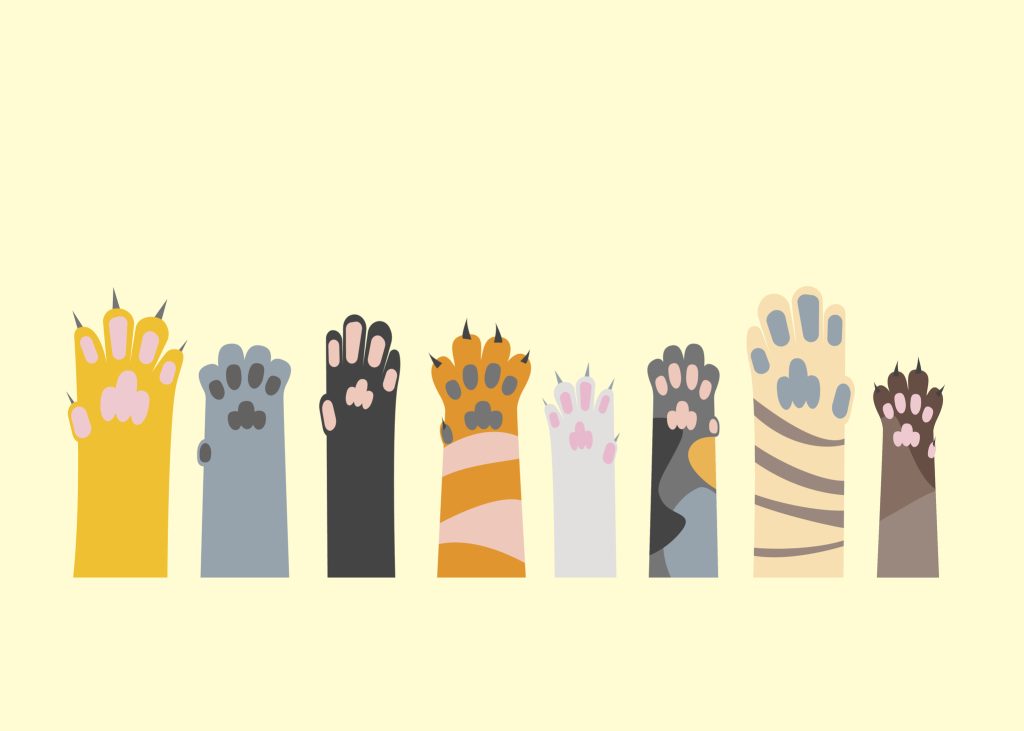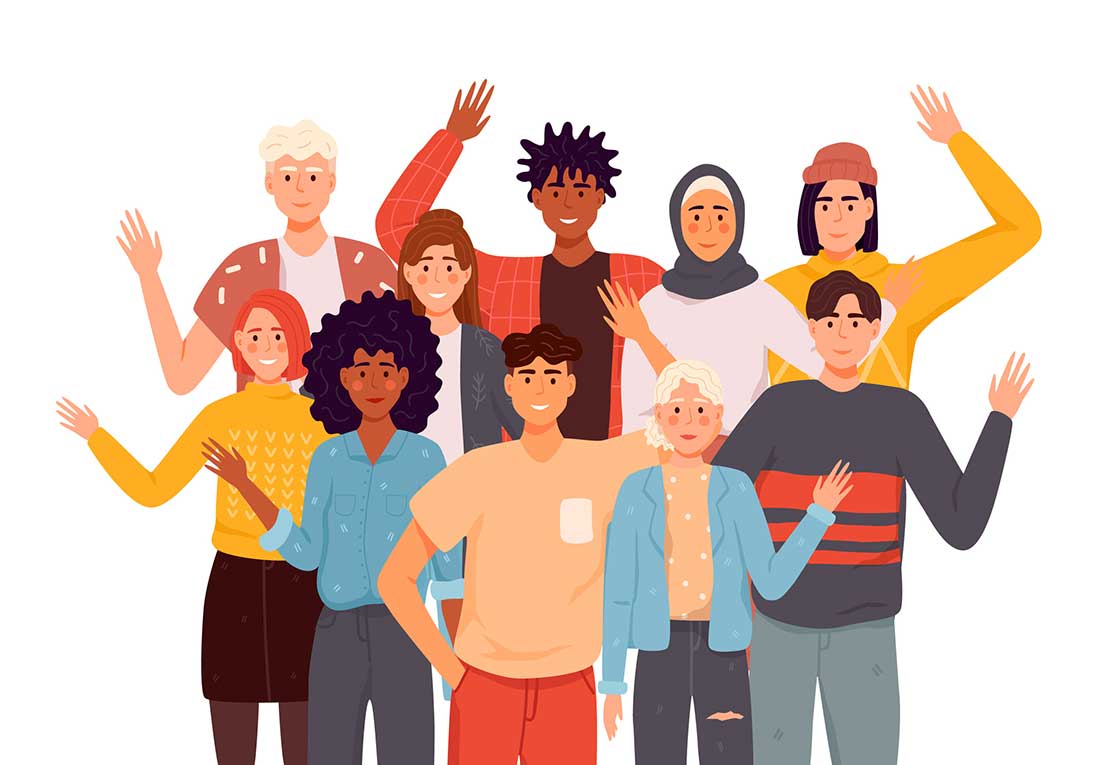SHARE

Many of our best modern innovations are the result of creative collaboration (the Internet being a great example). Ideas tend to generate more ideas, and the theory goes that more minds contributing to solving a specific problem will produce a better solution.
But creative collaboration can sometimes feel like herding cats. It has its dark side. Personality conflicts get in the way. Limited resources constrain originality. Murky or vague guidelines send a project in divergent directions.
The creative process is by nature abstract, non-linear, and undefined—yet crucial to maintaining a competitive edge, where companies must be constantly presenting newer, better, and more innovative ideas. So, how do you fit the sprawling, conflict-ridden process of creative collaboration into your linear, concrete, deadline-oriented business setting?
1. Determine all key stakeholders
Nothing can tank a project like last-minute instructions delivered by a late-coming stakeholder. The original vision is bound to change as a project moves through development, and someone who hasn’t been involved in the process won’t know why certain decisions—or compromises— were made.
Involve from the beginning anyone who will need to sign off on the project. If they can’t be available to provide needed input, assign a stand-in.
On the other hand, limit the number of overall stakeholders to only those who are essential. You know what they say about too many cooks in the kitchen.
2. Establish clear roles
Will your development team be involved in creative brainstorming? Will your primary stakeholders review the bug lists? Ensuring that each team member is limited to their role in the process will keep things moving along more smoothly.
3. Identify the basic elements
People always want to jump right to the look and feel of the finished product. (That’s the fun part, after all.) But first, you need to establish a project framework to set clear boundaries and goals. Take into consideration things like:
- Purpose and objectives—What’s the overall goal for creating this project in the first place?
- Timeline—Time limitations will greatly affect the creative process. A brilliant idea without adequate time to execute it won’t do you any good. Have a basic timeline in mind before initiating the creative process.
- Resource constraints—Like time, resource limitations will influence what ideas you can work with. Know what these are before you get started.
4. Develop your concept
Whether you prefer group brainstorming or simply sharing individual ideas, this is the truly fun part of creative development. Go wild. Don’t be afraid of your imagination—and don’t expect your first idea to work. This is where iteration comes in. You have to start somewhere, so don’t worry if it’s rough at first. Start big and then trim your ideas against the project framework you established earlier to identify an executable concept.
5. Tackle the content
The content, in whatever format, will be the driver behind the project. Start by establishing the basics, like audience, topic, form factor, length, and so on. Next, identify any content activities that need to happen, such as script writing, character descriptions, and story boards. Then start developing that content as soon as possible. It will always take longer than expected. It’s a marathon, not a sprint—contrary to popular belief, creativity doesn’t happen in big dramatic movements. It’s often quite slow and tedious. Make sure you have the mental bandwidth needed to stay sharp throughout.
6. Address the visual design
This is the other fun part. But even the visuals need a framework before development begins. First, you must establish foundational elements such as orientation, dimensions, color palate, and graphic elements. From here, you can move on to the look and feel of the finished product.
7. Allow time for development
The development aspect of your project, particularly if you’re working with multimedia, is the other thing that always takes longer than expected. But this is where it all comes together. Expect a few iterations to get it right, catch bugs, and fine-tune.
And remember, creative collaboration takes time. Approval cycles, coordinating schedules, incorporating feedback—all of these are necessary in group projects, and all are time-consuming. Work this stuff into your project timeline and add some extra padding to boot.
Above all, the key to a successful collaboration is to always allow for a certain amount of flexibility. And that means being prepared to compromise. Time and resources pose limitations, as may the personal whims of high-ranking stakeholders. So don’t become overly attached to any single element, because you may need to let something go for the overall sake of the project. But if you follow the advice above, the process can be *almost* as rewarding as the end result.
Subscribe for Content Strategy Trends and Guidance
Get our monthly e-newsletter with Tendo’s latest thought leadership and content resources for B2B leaders.




